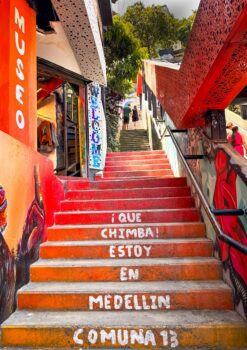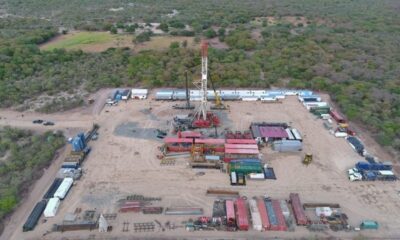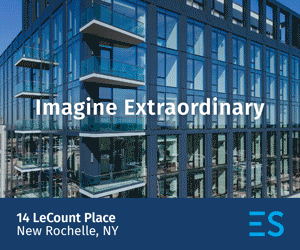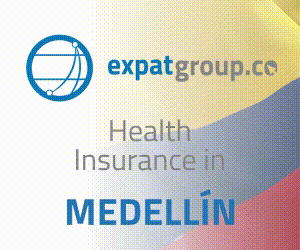When in Medellín on Business, Here’s Why You May Want To Stay an Extra Day
Every year, thousands of professionals fly into Medellín for meetings, conferences, and corporate visits. They land at José María Córdova International Airport, check into hotels in El Poblado, attend back-to-back meetings, and often leave as quickly as they got into meeting rooms.
But what if they stayed just one night longer?
That extra 24 hours could open their eyes to a city that is not only a rising economic center of activity, but also a living example of urban transformation. Medellín is no longer a city you pass through — it’s a city you learn from.
A City Rebuilt with Purpose
We all know that in the early 1990s, Medellín made headlines for all the wrong reasons. It was a city affected by violence, drug trafficking, and fear. But today, it stands as one of Latin America’s most inspiring turnaround stories.
Over the past two decades, Medellín has become a model of urban renewal and smart public investment. Public and private sectors have worked together to rebuild the economy, improve infrastructure, and create inclusive spaces. The result is a city that now attracts international business, top talent, and a growing number of visitors.

Colorful staircase in Medellín. Photo credit: Andres Miranda from Pexels.com.
One of the strongest symbols of this change is Ruta N, in the city’s innovation district. This tech-driven ecosystem has brought in over 400 companies from more than 30 countries, from startups to multinationals in clean energy, mobility, health, and advanced manufacturing.
Medellín is no longer just competing with Bogotá or Cali. It is positioning itself as a gateway to the Andean region and Pacific markets.
Infrastructure That Drives Inclusion
Unlike many cities, Medellín’s infrastructure does more than move people — it connects lives and economies. The Metrocable, an aerial cable car system, links poor hillside neighborhoods to the city center. The Tranvía de Ayacucho and Bibliometro Line go beyond efficiency; they bridge historic gaps in access and opportunity.
Public libraries, sports complexes, and innovation hubs are placed strategically across all zones of the city, ensuring that economic growth is also social growth. Medellín calls this Social Urbanism, and it has become a model studied by city planners across the world.
Most importantly, this is not just theory. It’s a working city model. The Unidad Deportiva de Miraflores, for example, offers youth in high-risk areas a place for sports, learning, and leadership. It’s a real alternative to crime: a core part of Medellín’s development plan.
A Culture of Innovation That Extends Beyond the Boardroom
Innovation in Medellín is not limited to tech parks. It’s in the DNA of the city. It’s in Comuna 8, where grassroots initiatives have reshaped entire communities. It’s in Villa Hermosa, a district once affected by violence, now alive with urban gardens, murals, and micro-businesses.
It’s in the art of Comuna 13, where graffiti tells stories of pain, survival, and hope — and where visitors can walk alongside locals who helped drive the transformation.
Staying longer allows the business visitor to see this for themselves. Not through data, but through experiences that bring the numbers to life.
The Museo Casa de la Memoria: Learning From the Past
One of Medellín’s most powerful cultural spaces is the Museo Casa de la Memoria. Here, interactive exhibits share the stories of Colombia’s conflict and the human cost of the drug war. It is not a place of blame, but of understanding.
Business travelers often spend time trying to understand market risk, political context, and social trends. A visit here does that in one afternoon. It’s a direct look at how a country confronts its past while building a better future.
This museum is often the final stop on city tours that show both the historic scars and the healing now underway. It gives voice to the victims and gives visitors a deep respect for the city’s resilience.
Why One Extra Day Matters
Medellín is efficient, modern, and business-friendly. It has strong universities, a talented, growing bilingual workforce, and competitive operating costs. It has world-class hotels and modern meeting spaces.
The city also has something you can’t see on a spreadsheet — a spirit of reinvention.
When you stay longer, you see that Medellín is not just trying to look like other global cities. It’s building something different. Something that balances profit with purpose.
One extra day can be a strategy, not a luxury. It’s a way to understand clients better, build trust, explore new partnerships, and witness a city that’s leading by example.
Medellín: More Than a Business Trip
This is not about squeezing in a few tourist sites after hours. It’s about understanding the bigger picture of Colombia’s economic future. Medellín is playing a leading role: not just in innovation, but in inclusion. Not just in strategy, but in soul.
So the next time business brings you to Medellín, pause before booking the return flight. Let the city speak to you through its streets, its people, and its projects. In just 24 more hours, you might discover why Medellín is Latin America’s most quietly powerful success story.
Photo credit: César Gaviria/Pexels.com.

























